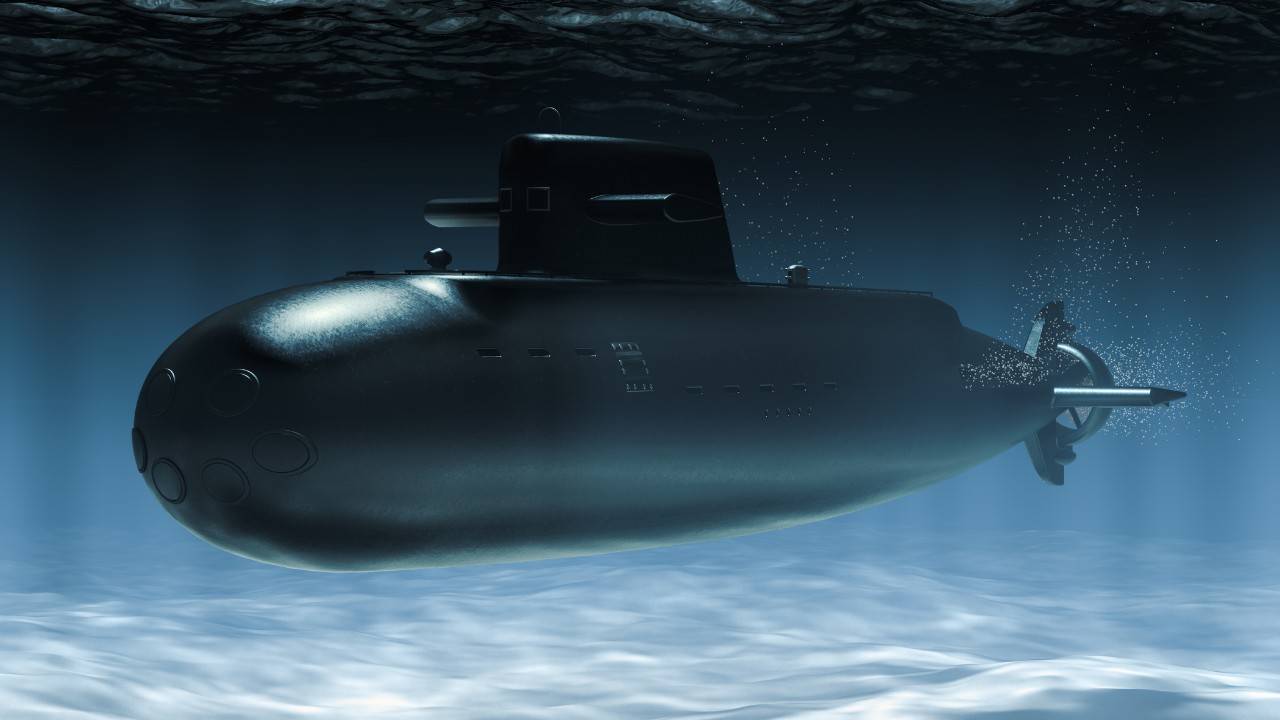In an innovative approach to studying climate change, scientists in Scotland are employing robotic subsea gliders to examine ocean currents for signs of potential climate collapse. The Scottish Association for Marine Science (Sams) in Oban has launched a five-month mission using these robots to traverse waters between the UK and Iceland.
The focus of this mission is the crucial “conveyor belt” system that transfers warm and cool water between the Caribbean and the Arctic. This system, known as the Atlantic Meridional Overturning Circulation (Amoc), plays a vital role in distributing tropical heat globally and maintaining a temperate climate in northern Europe. Scientists fear that a weakening of this system could have disastrous consequences worldwide, identifying its potential collapse as a critical climate “tipping point.”
Although some research suggests a slow weakening of Amoc, experts emphasize the need for long-term monitoring over several decades to draw definitive conclusions about its strength. Current models suggest that a complete collapse, while catastrophic, is highly unlikely within the 21st century.
The robotic gliders, capable of diving to depths of 1,000 meters (3,281 feet), are crucial in gathering data on water temperature, oxygen, and salt levels. These gliders travel at a speed of half a mile an hour and surface every five to six hours to communicate with the research team via satellite.
Oceanographer Helen Smith highlights the significance of these robots: “We can send these out to measure water all year round in places that we couldn’t get to.” This is a significant advancement from traditional methods, which were limited to observations near ships at a single point in time.
As warm water travels north in the Amoc, it cools and sinks due to increased salt density, then flows southwards, completing the cycle. This process is integral to the climate system, particularly impacting weather patterns around the UK. Prof Mark Inall, an expert in physical oceanography at Sams, underscores the importance of heat transfer in the North Atlantic, noting its contribution to the region’s vigorous and stormy weather.
The data from these gliders not only aids in monitoring the Amoc but also enhances understanding of the interaction between the ocean and the atmosphere. This information is crucial for both long-term climate projections and short-term weather forecasting.
In addition to the gliders, the team is using other robotic technology, including an autonomous boat equipped with sonar to collect ocean pressure data from sensors on the sea bed. The Met Office has stressed the importance of these monitoring efforts, especially in light of increasing polar ice melt and the warming climate.
This project represents a significant step in our ability to study and understand the complex interactions within our planet’s climate system, offering valuable insights into the future impacts of climate change.
More inspiring green news similar to this:

